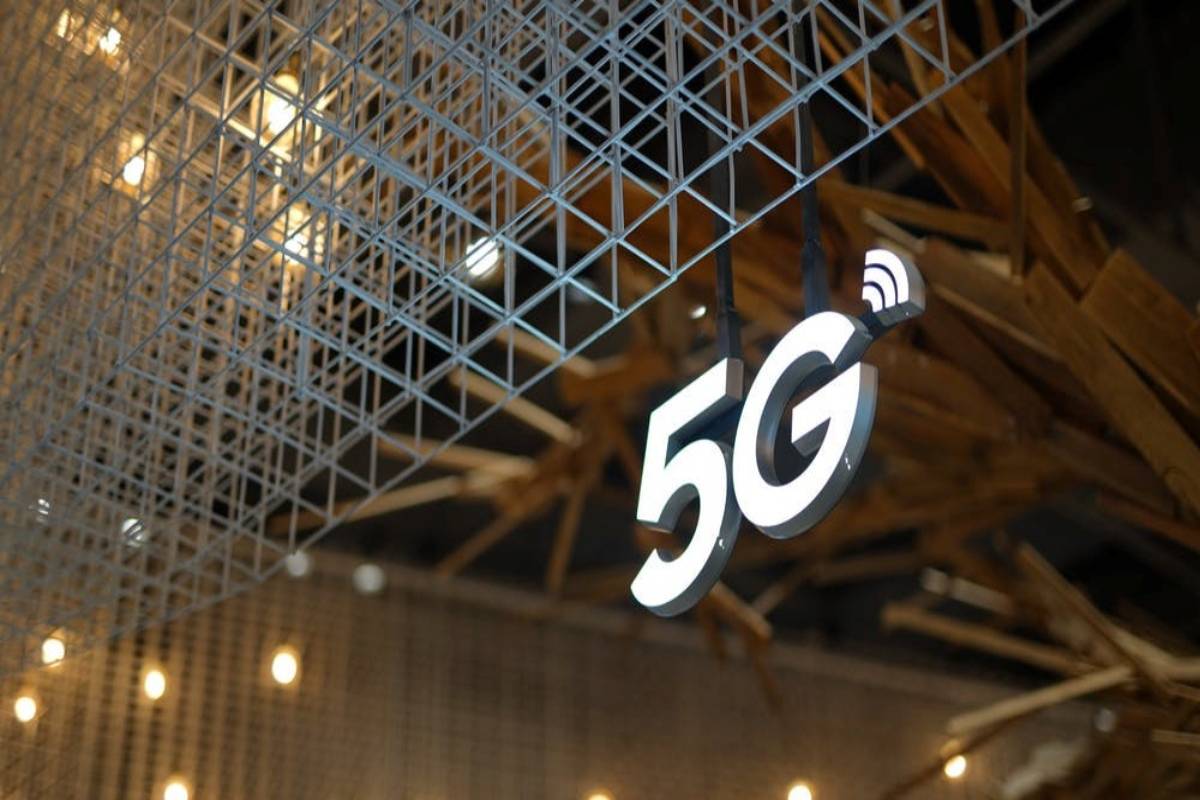India must allocate more spectrum in mid-band like 6GHz for a seamless 5G mobile service in the country, else 5G download speed would be reduced to 50 per cent, when fully deployed, if less spectrum is allocated in the 6GHz band, the Cellular Operators’ Association of India (COAI) said on Monday.
In a letter to the Department of Telecommunications (DoT), the apex operators’ body said that mid-band spectrum like 6GHz provides a balance of wide coverage and capacity which is critical to the rapid and cost-efficient deployment of 5G mobile networks in India and also meets the exponentially increasing data demands, that too at affordable terms.
Advertisement
“Shortage of 6GHz spectrum would compel telecom service providers (TSPs) to densify networks to meet IMT-2020 5G performance requirements, leading to 60 per cent higher annual costs. Without densification, 5G download speed would be reduced to 50 per cent if less spectrum is allocated in the 6GHz band,” said Lt Gen S.P. Kochhar, Director General, COAI.
Currently, only 720MHz is available in the mid-band in India.
Further, the government is considering vacating the spectrum from broadcasters or satellite users in C band (3670-4000 Mhz) for 5G/6G use.
However, even this spectrum from C band will not be enough to reach the required 2GHz spectrum for international mobile telecommunications (IMT) in mid-band.
“It is essential that 1200 MHz available in 6GHz is allocated for mobile communications in India to get this critical 2GHz spectrum in mid-band,” the COAI said.
India’s significantly higher population density (464 persons/sq km), compared to 36 in the US and 25 in Brazil, necessitates spectrum loading happens to the tune of 96 per cent (compared to 40-50 per cent in the US or Brazil).
Average population served by each antenna in India is roughly eight times that of these countries, putting a requirement of almost 4-5 MHz of spectrum/person.
“Wi-Fi services in India already have sufficient spectrum in the 2.4 GHz and 5 GHz bands (totaling 688 MHz) to meet the demand for Wi-Fi access in the 2025-2030 period. Wi-Fi Aservices have negligible data offload from IMT mobile to Wi-Fi because India is a mobile-first nation with more than 95 per cent of internet users accessing mobile broadband data,” read the COAI letter.
It recommended that the most optimal allocation for the country in the 6GHz band is to identify the entire 5925-7125 MHz (1200MHz spectrum for IMT applications), as this would maximise the economic and societal benefits for achieving the national target of a $1 trillion digital economy.











